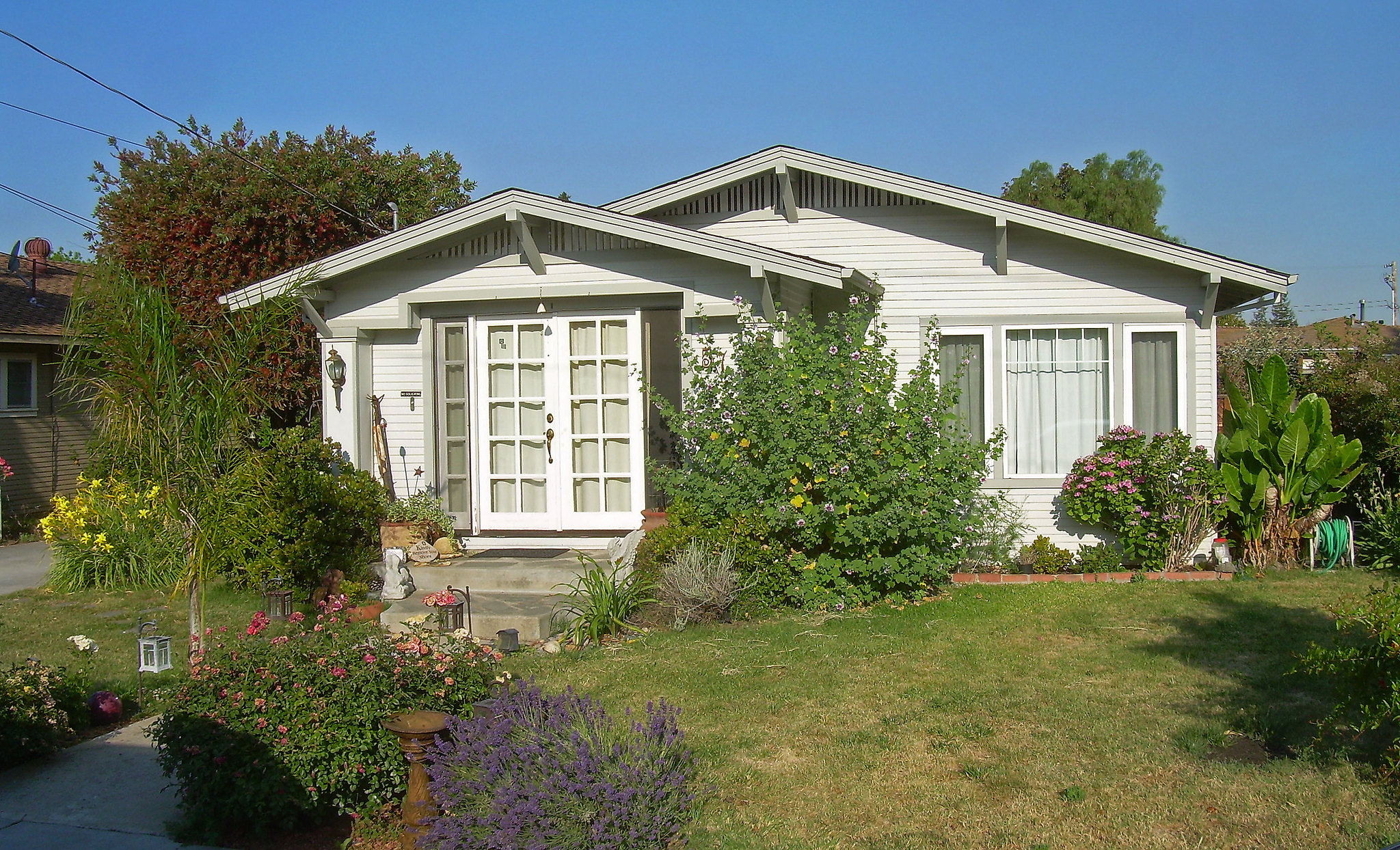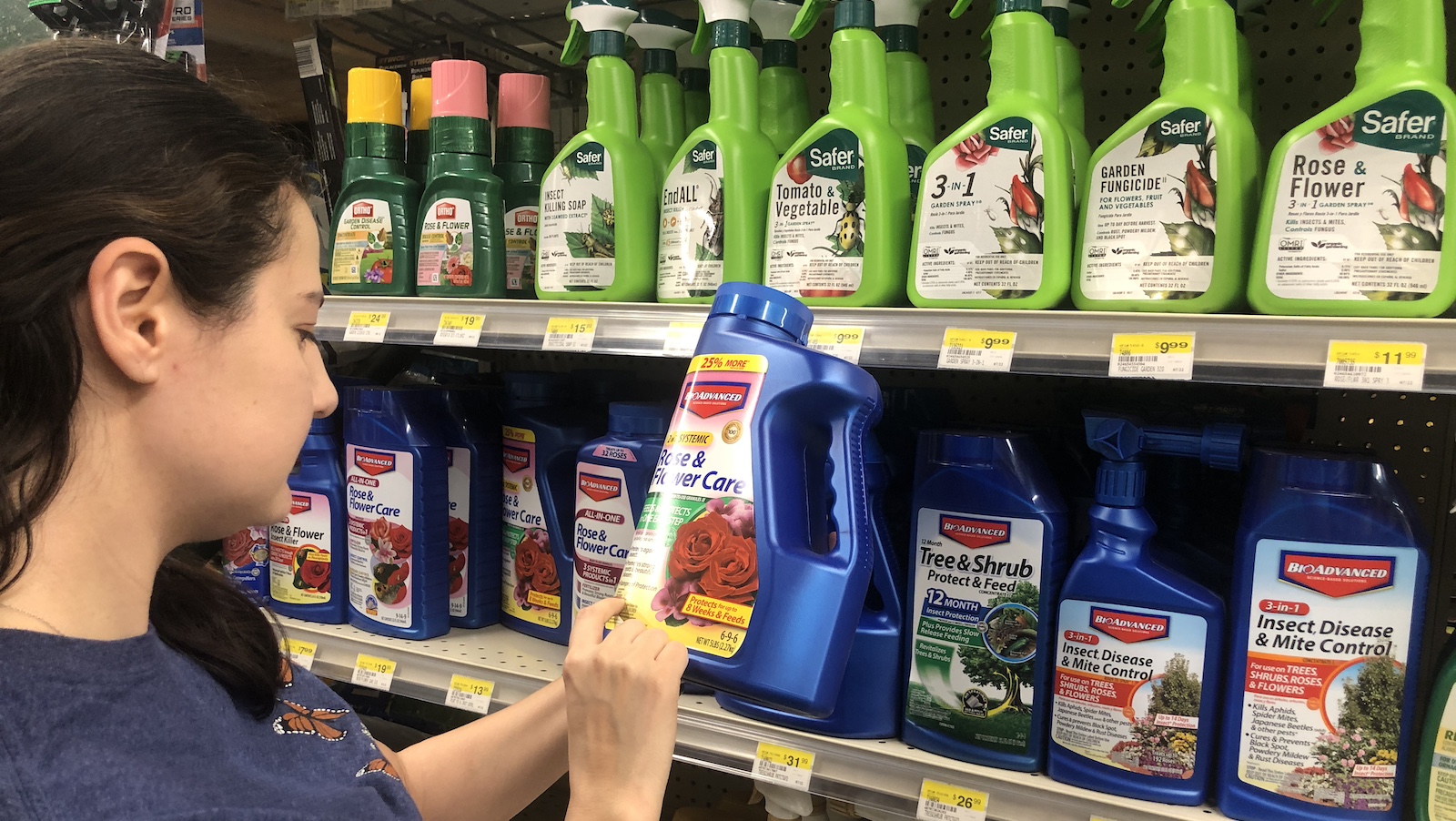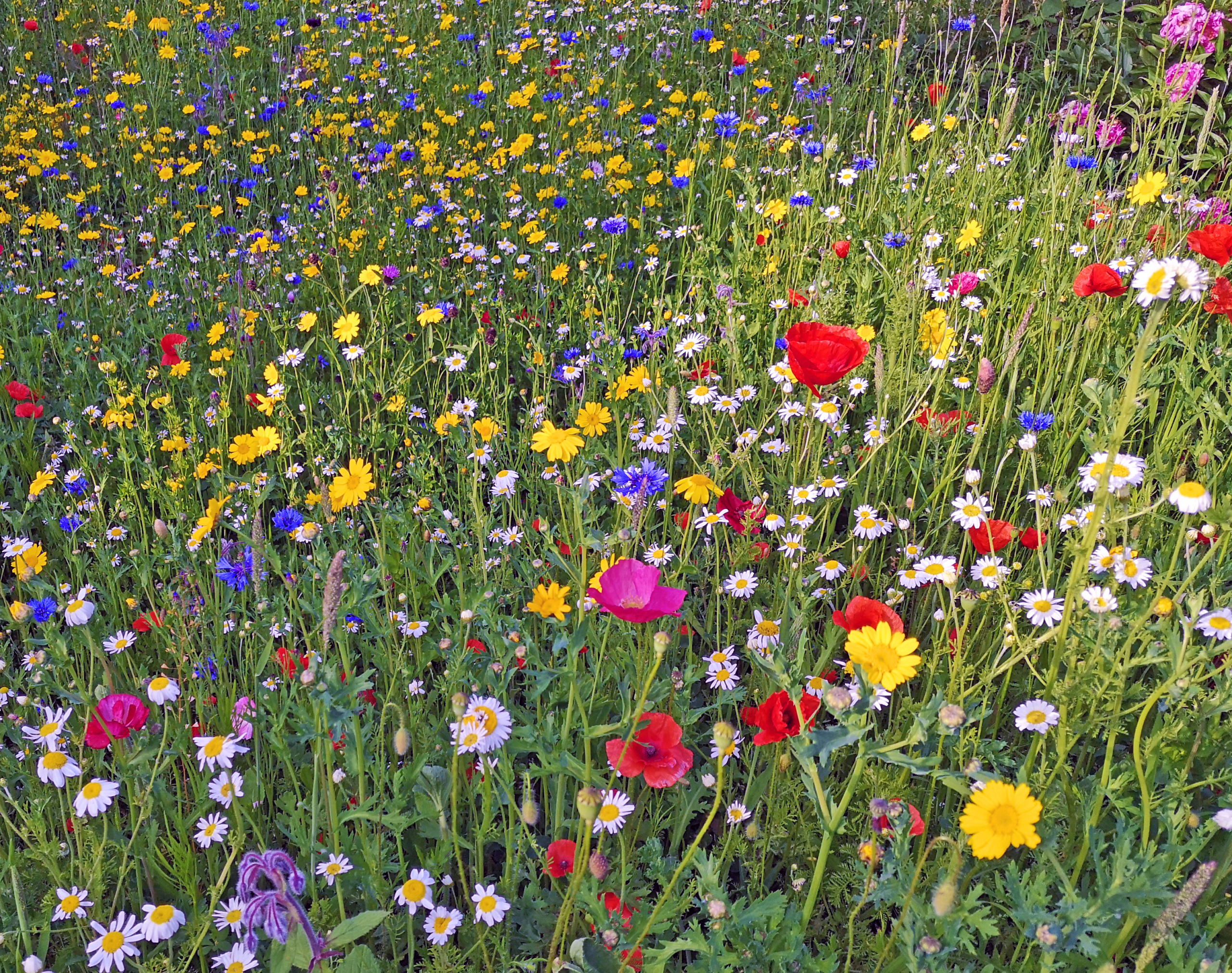
Urban Forestry in a Modern City
Best practices for cities to protect trees

A healthy urban forest plays a key role in the livability of a city in the face of climate change, ensuring the continued comfort of an urban area as average temperatures increase. While urban development has significant environmental benefits over suburban sprawl, there are challenges in protecting urban forests from land development, as well as diseases and weather-related damage. As a result, cities around the world are working to implement urban forestry policies designed to protect, promote, and maintain a city’s trees. So what are some of these initiatives, and what else needs to happen to ensure we receive the immense benefits from urban forests long into the future?
Trees and the Environment
Sustaining and promoting a city-wide tree network improves air and water quality, encourages physical activity and alternative transportation, significantly cools buildings and outside spaces, and increases property value. In Austin alone, it is estimated our 34 million trees withdraw almost 100,000 pounds of CO2, remove over 1000 tons of air pollutants, and reduce residential energy costs by $18.9 million annually. The importance of these environmental benefits to help cities adapt to changes caused by climate change should not be understated – the United Nations has discussed plans to create 500,000 hectares of new urban forests by 2030. Cities and communities around the world are implementing strategies to capitalize on this as one of their most valuable assets for both the well-being of their population and the desirability of any urban area.
Challenges to Urban Forests
As cities are developed, urban forests are frequently reduced or destroyed for additional buildings and related infrastructure. Canopy cover – the percentage of city land covered by trees – is used as a descriptive measure of changes to the forest. In Austin, as development boomed between 1977 and 2006, the canopy decreased by 8%.
However, with planning and investment, growth can occur while protecting and even increasing the urban forest. Since 2006, ordinances and policies designed to protect and promote trees have resulted in a substantial recovery of Austin’s trees: since 2010, coverage has remained near 38%. These protections include designating trees statuses based on their diameter: trees 19 inches or greater are considered protected, and those 24 inches or greater are deemed heritage trees. Heritage and protected trees must be preserved unless the developer can prove they meet the removal standards in the Land Development Code. The Forestry Plan also includes a comprehensive approach of care, maintenance, preservation, and planning.
It is important to note that suburban development is also incredibly damaging to trees. In fact, the U.S. Forest Service estimates that between 1992 and 2040, over 30 million acres of forest will be cut down as a result of suburban sprawl. Compact urban development has its flaws, but when done right has substantially more environmental benefits, including tree canopy cover, than its suburban counterpart.
What else can we do to promote the urban forest?
While many Texas cities have made some urban forestry effort, such as near 100 Texas cities that have been recognized in the Tree City USA program, there is still substantial room for improvement. There are a number of steps that should be implemented that other cities have proven to be a success. One such policy that Chico, CA cities as their most influential urban forestry initiative was mandating developers to provide at least one street tree per home in the city right-of-way, to be guaranteed by the developer for a year. And when a tree does have to be removed, cities should require the planting of a replacement tree of equal size, without the option to pay a fee instead. Such a program has been implemented in Tacoma, WA’s Urban Forest Policy as part of their “30% by 2030” initiative, resulting in as much as a 15% canopy cover increase in some areas. Rules making it more difficult to plant trees should also be discouraged, such as Laredo’s tree setback regulation that makes it challenging to plant trees to shade streets and homes.
For Austin, the next steps include several possible initiatives: The proposed Functional Green program would require sites with at least 80% impervious cover to install ecosystem infrastructure such as green roofs and walls, rain gardens, and porous pavements, as well as prioritizing planting locations around the city where trees can be added with maximum effect on the urban forest. If adopted by the City Council, Function Green would improve the integration of nature into densely urban areas, with an immensely positive effect on the heat-island effect, stormwater management, and of course the urban forest. Other approaches, such as requiring substantially more tree cover in parking lots through tree islands would also have a significant impact on the urban environment, including reducing temperatures by more than 30 degrees.
Finally, crucial to the success of an urban forest is the regulation of trees on private land. In Austin, single-family residences are the second largest contributor to canopy coverage. Even with protections in place, some cities have lost over 330 acres of canopy on private land in under 10 years. While regulation is often controversial, trees on private property are critically important to the urban forest. Communities everywhere need to call upon their state and local governments to protect trees, regardless of location.
Urban Forestry Successes
When properly implemented, practices like those above can have great effect, leading to many urban forestry success stories. In 2004, China enacted its National Forest City program. Of the 170 cities enrolled, tree canopy cover has increased from Vancouver, Canada, recently met its 10 year goal of increasing canopy cover from 18 to 22% by 2020, planting almost 140,000 trees, and is on track to reach 28% in 2030. Even more surprising is the idea that density and tree canopy cover can actually go hand-in-hand. Studies have found that areas with higher-density zoning frequently have more trees than parts of the city with single-family homes. In Austin, the high-density Hyde Park area features one of the highest canopy coverage in the city.
Get Involved
Policies and ordinances are never enough to create a healthy urban forest. The community must be in support of tree protection measures. From mapping a city’s trees, educating others on proper tree maintenance and care, or volunteering at tree planting events, there are a myriad of ways residents can support their urban forest. In addition, when there is substantial political pressure against tree protections, citizen voices can have a significant impact on urban forestry policies. In Austin, outrage over the clear-cutting of a 100 year old oak grove increased the number of urban forestry proponents enough to pass the 2010 Heritage Tree Ordinance, a vital piece of tree protecting legislation today.
Aside from advocating for trees in local municipalities, cities often offer free or shared-cost trees at planting events and other opportunities to get involved. Since urban trees do not propagate themselves, events like these help to constantly replenish the forest. The Austin NeighborWoods program is a partnership between the city and the non-profit organization Tree Folks providing 4,500 five-gallon trees free to residents each Fall. Application is open to apply for a tree for home delivery or community space. The Austin Parks Foundation is always in need of volunteers to help promote and maintain urban green spaces.
Keelan Lentz is an Environment Texas intern and a senior at UT Austin majoring in Urban Studies and Health and Society.
Topics
Find Out More


How to avoid bee-killing pesticides

National web briefing tackles harmful pollution from lawn equipment


